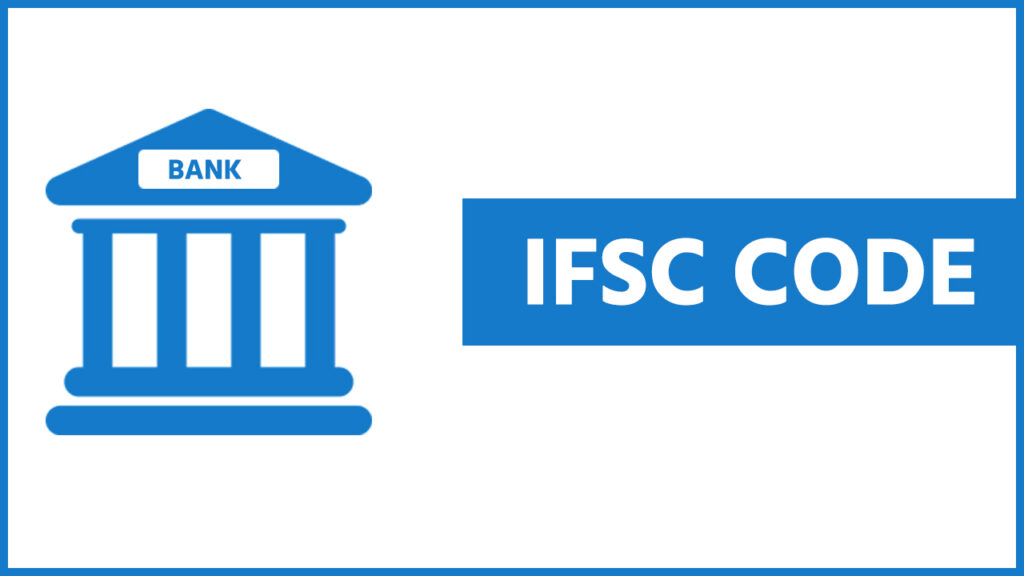The Indian Bank was established in 1907, and it was primarily operated as a public-sector bank with its headquarter in Chennai. However, in 1969 it was taken over by the Indian Government. Presently the bank has two subsidiaries, namely Indian Bank Merchant Banking Services Ltd. and Indian Bank Housing Ltd. moreover, it boasts nearly 2149 branches in 70 countries.
The bank provides IFSC codes to all the account holders for easy fund transfers. The Indian Bank IFSC code is allotted by the RBI for quick and secure online fund transfers. Apart from the IFSC, the bank also provides MICR codes for a fast cheque clearance process.
Indian Bank IFSC Code
The format of the Indian Bank IFSC code consists of 11 alphanumeric characters. This code facilitates sending electronic messages to the participating banks during the process of fund transfer to offer great security.
An example of the Indian Bank IFSC Code is IDIB000N022. Here, the first four alphabets, ‘IDIB’, represent the bank name while the last six numbers, ‘00N022’, stand for the branch code. The fifth character ‘0’ is common for all the bank’s IFSC registered under RBI.
Fund Transfer Through Indian Bank IFSC Code
When it comes to online fund transfer, the Indian Bank IFSC code plays a vital role in transaction systems like RTGS, NEFT, and IMPS. The following points explain how IFSC code check work for each type of fund transfer:
RTGS
It acronyms for Real Time Gross Settlement, and it is also done through online methods. Under this method, people can transfer funds on a gross basis as the minimum limit is ₹ 2 lakhs. Moreover, the participating bank branches of the beneficiary and transferrer must be NEFT enabled for RTGS transactions.
NEFT
National Electronic Fund Transfer is a payment system which is set up on the DNS or Deferred Net Settlement. Through this system, people can transfer money to any part of the country throughout the day. In addition, there is no minimum or maximum cap for money transfers. However, it requires people to observe a half-hourly time gap between transfers.
IMPS
It is an interbank fund transfer system, and it functions throughout the day. Although there is no minimum limit for monetary transactions, the maximum amount of money people can transfer under IMPS is ₹ 2 lakhs.
Finding the Indian Bank IFSC Code and Address
As the IFSC code is crucial for convenient money transfer, it is essential to perform an IFSC code check for verification of the beneficiary’s bank branch. Following are the methods of online and offline IFSC code check:
- Cheque book: The cheque book includes information on the Indian Bank IFSC Code. This 11-digit code is generally written at the top of the cheque leaf.
- Passbook: The passbook of the account holder at the Indian Bank provides information on postal address and the IFSC code. For this, people need to check the front page of their Indian Bank passbook.
- Websites: The official website of RBI and Indian Banks contains information about the IFSC of all the branches. For this, people need to fill in the details like a bank branch, city, district, etc. After submitting their details, the result page shows all the details of the IFSC code and address.
MICR Code of India Bank
MICR is a 9-digit unique code given by the RBI to each branch of the Indian Bank. This code is helpful in fast and secure cheque clearance. To find this code, people need to refer to their cheque book leaf. In most cheque books, MICR is written at the bottom, next to the cheque number.
Conclusion
Today most monetary transactions take place either online or through cheques. To make secure payments, IFSC and MICR codes are essential. Therefore, you can do a convenient IFSC code check before making a payment to ensure the security of the transaction.
